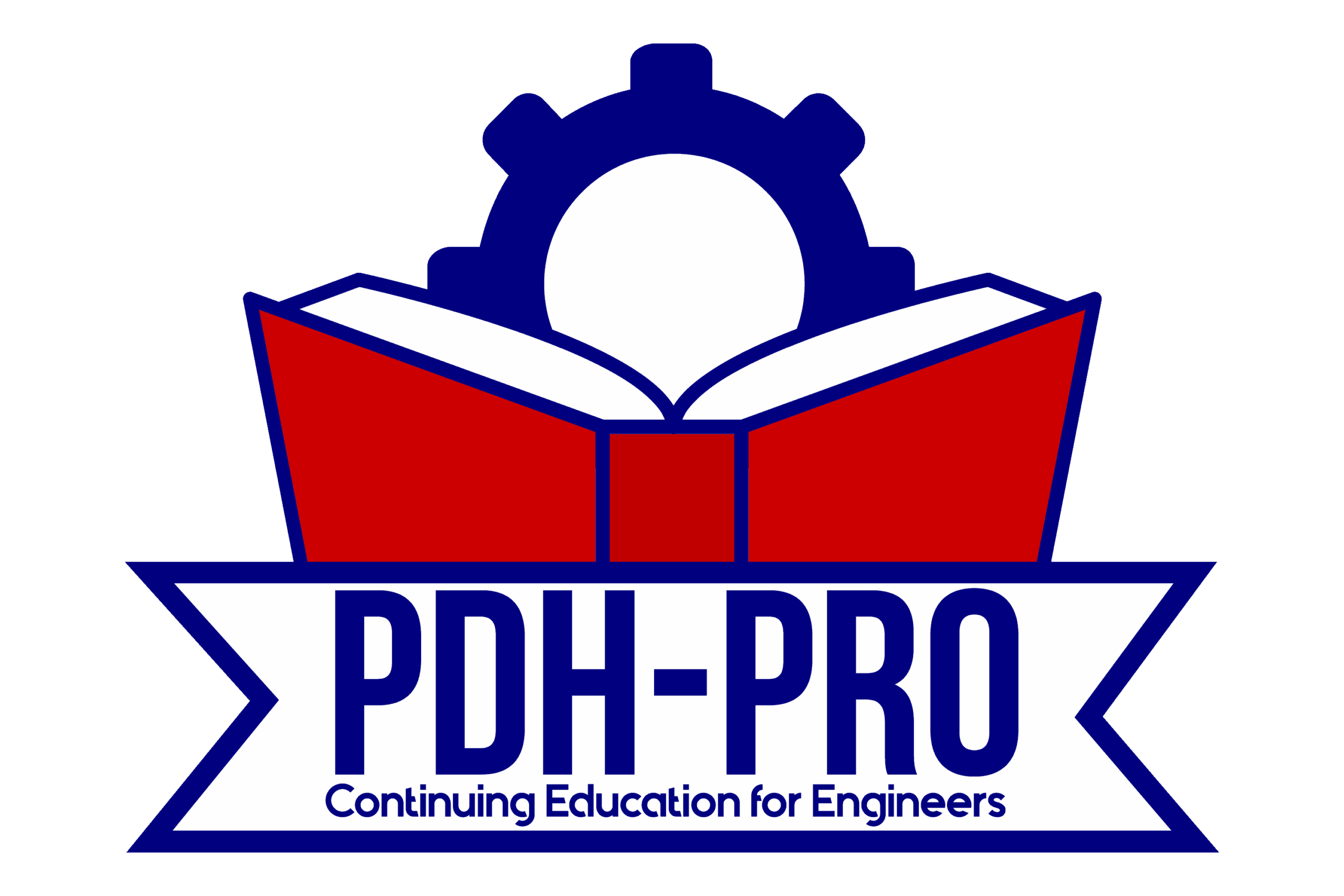 Diversity in engineering is a topic that has been gaining significant attention in recent years. It’s a concept that goes beyond just numbers or quotas; it’s about fostering an inclusive environment that values different perspectives and experiences.
Diversity in engineering is a topic that has been gaining significant attention in recent years. It’s a concept that goes beyond just numbers or quotas; it’s about fostering an inclusive environment that values different perspectives and experiences.
Diversity in engineering is about fostering an inclusive environment that values varied perspectives. It drives innovation, enables global impact, and promotes economic growth. Despite challenges like underrepresentation and bias, progress is being made through education and diversity initiatives.
In this article, we will delve into the importance of diversity in engineering, the benefits it brings, the challenges it faces, and the role of education in promoting it. We will also look at successful diversity initiatives and what the future holds for diversity in this field.
Key Takeaways
| Diversity in engineering is a catalyst for innovation, global impact, and economic growth. |
| Challenges to diversity include underrepresentation of women and minorities, unconscious bias, and lack of role models. |
| Successful diversity initiatives in universities and corporations are paving the way for a more inclusive engineering sector. |
| Education plays a pivotal role in promoting diversity, with early exposure to STEM and inclusive curriculum being key. |
| The future of diversity in engineering is promising, with emerging trends and the role of technology shaping a more inclusive landscape. |
| The journey towards diversity in engineering is ongoing, but each step brings us closer to a more innovative, inclusive, and impactful future. |
The Importance of Diversity in Engineering
Innovation and Problem-Solving
Diversity in engineering is not just about fairness or representation; it’s a key driver of innovation. Diverse teams bring a wider range of ideas, perspectives, and approaches to problem-solving, leading to more creative and effective solutions.
Global Impact and Cultural Understanding
In our increasingly globalized world, engineering solutions often need to be applicable across different cultures and contexts. A diverse engineering team, with a broad understanding of different cultures and societies, is better equipped to develop solutions that work on a global scale.
Unleashing the Power of Diversity in Engineering: Fueling Innovation, Global Impact, and Economic Growth
Diversity in engineering is more than just a buzzword; it’s a powerful catalyst for innovation, global impact, and economic growth. Let’s delve into these benefits:
Sparking Innovation and Problem-Solving
When we bring together engineers from diverse backgrounds, we’re not just assembling a team; we’re creating a melting pot of ideas. Each individual brings unique perspectives and experiences that can lead to innovative solutions. This diversity of thought can:
- Challenge conventional thinking and encourage out-of-the-box solutions.
- Foster a culture of continuous learning and improvement.
- Enhance problem-solving by offering multiple viewpoints.
Facilitating Global Impact and Cultural Understanding
In today’s interconnected world, engineering solutions need to work across borders. A diverse engineering team can:
- Understand and cater to the needs of different cultures and societies.
- Develop globally applicable solutions by considering a wide range of environmental, social, and economic factors.
- Promote cultural understanding and cooperation, essential for global projects.
Driving Economic Growth and Job Creation
Diversity in engineering also has significant economic benefits. It can:
- Drive economic growth by fostering innovation, which can lead to new products, services, and businesses.
- Create jobs by promoting a more inclusive and equitable engineering sector.
- Enhance competitiveness in the global market by attracting and retaining top talent from diverse backgrounds.
Navigating the Roadblocks to Diversity in Engineering: Tackling Underrepresentation, Bias, and Mentorship Gaps
While the benefits of diversity in engineering are clear, achieving it is not without challenges.
Addressing Underrepresentation of Women and Minorities
Despite strides in education and awareness, women and minorities remain underrepresented in the engineering field. This imbalance deprives the sector of diverse perspectives and ideas, limiting its potential for innovation and growth. Efforts to address this include:
- Implementing inclusive hiring practices.
- Promoting engineering education among underrepresented groups.
- Creating supportive networks and communities for diverse engineers.
Overcoming Unconscious Bias and Stereotypes
Unconscious bias and stereotypes can create invisible barriers to diversity in engineering. These biases can influence everything from hiring decisions to team dynamics. To combat this, we can:
- Conduct unconscious bias training.
- Foster a culture of inclusivity and respect.
- Implement fair and objective evaluation processes.
Filling the Gap in Role Models and Mentors
The lack of diverse role models and mentors in engineering can discourage aspiring engineers from underrepresented groups. To address this, we can:
- Highlight and celebrate the achievements of diverse engineers.
- Develop mentorship programs that connect aspiring engineers with experienced professionals from similar backgrounds.
- Encourage diverse engineers to share their experiences and insights.
Spotlight on Success: Diversity Initiatives Making a Difference in Engineering
While the path to diversity in engineering has its challenges, numerous successful initiatives are leading the way. Let’s explore some of these inspiring case studies:
University Programs Championing Diversity
Universities are often at the forefront of promoting diversity in engineering. They are uniquely positioned to influence the next generation of engineers and are implementing several strategies:
- Targeted Recruitment: Universities are reaching out to underrepresented groups at the high school level, encouraging them to consider engineering as a career.
- Inclusive Curriculum: By incorporating diverse perspectives and histories into the curriculum, universities are fostering a more inclusive learning environment.
- Support Networks: Universities are creating support networks and clubs for diverse students, providing a sense of community and belonging.
Corporate Initiatives Advancing Diversity and Inclusion
Corporations also play a crucial role in promoting diversity in engineering. They are implementing several initiatives:
- Diversity Training: Many corporations are conducting diversity and unconscious bias training, fostering a more inclusive workplace culture.
- Mentorship Programs: Corporations are pairing up young engineers with experienced mentors from similar backgrounds, providing guidance and support.
- Inclusive Hiring Practices: Corporations are revising their hiring practices to eliminate bias and attract diverse talent.
Shaping the Future: The Crucial Role of Education in Advancing Diversity in Engineering
Education is the cornerstone of any effort to promote diversity in engineering. It’s where young minds are shaped, and lifelong passions are ignited.
The Power of Early Exposure to STEM
The journey towards a career in engineering often begins at a young age. Early exposure to Science, Technology, Engineering, and Mathematics (STEM) can spark interest and lay the foundation for future learning.
Here’s how early STEM exposure can promote diversity:
- Breaking Down Stereotypes: By introducing children to diverse role models in engineering, we can challenge stereotypes and broaden their perceptions of who can be an engineer.
- Building Confidence: Early exposure to STEM can build confidence, especially among girls and underrepresented minorities who may not see themselves represented in these fields.
- Creating a STEM Identity: When children engage in hands-on STEM activities, they begin to see themselves as capable and curious learners, fostering a positive STEM identity.
The Impact of Inclusive Curriculum and Teaching Methods
An inclusive curriculum is another powerful tool for promoting diversity in engineering. Here’s how it can make a difference:
- Reflecting Diverse Contributions: An inclusive curriculum highlights the contributions of diverse individuals and groups in engineering, helping all students see the value of diverse perspectives.
- Promoting Equity: Inclusive teaching methods ensure that all students, regardless of their background, have an equal opportunity to succeed.
- Fostering a Sense of Belonging: When students see themselves represented in the curriculum, they feel a greater sense of belonging, which can encourage them to pursue engineering further.
Envisioning the Future: The Evolving Landscape of Diversity in Engineering
As we look towards the future, the landscape of diversity in engineering continues to evolve.
Emerging Trends and Predictions
The future of diversity in engineering is promising, with several emerging trends:
- Increasing Awareness: There’s a growing recognition of the importance of diversity in engineering, leading to more initiatives and policies aimed at promoting diversity.
- Greater Representation: As more efforts are made to attract and retain diverse talent, we can expect to see increased representation of women, minorities, and other underrepresented groups in engineering.
- Focus on Inclusion: The conversation is shifting from just diversity (having diverse individuals) to inclusion (making sure diverse individuals feel valued and included).
The Role of Technology in Promoting Diversity
Technology also plays a crucial role in promoting diversity in engineering:
- Online Learning: Online platforms are making engineering education more accessible to diverse populations, breaking down geographical and financial barriers.
- Virtual Reality (VR) and Augmented Reality (AR): VR and AR can provide immersive, hands-on learning experiences that can inspire and engage diverse learners.
- Artificial Intelligence (AI): AI can help reduce bias in hiring and evaluation processes, promoting a more diverse and inclusive engineering workforce.
Conclusion
Diversity in engineering is not just a goal; it’s a journey. It’s about fostering an environment where all voices are heard and valued. While challenges exist, the progress made through education, corporate initiatives, and technology is promising. As we continue to champion diversity, we pave the way for a more innovative, inclusive, and impactful future in engineering.
